According to folk beliefs, the Moon god is the guardian god of crops, bringing favorable weather and rain, helping plants grow well and life be prosperous.
Because of that, the Moon Worshiping Ceremony is often held on the full moon day of the tenth lunar month, the time when the harvest season ends, and is also an occasion for Khmer people to offer their gratitude to heaven and earth and send wishes for a peaceful and prosperous new year.
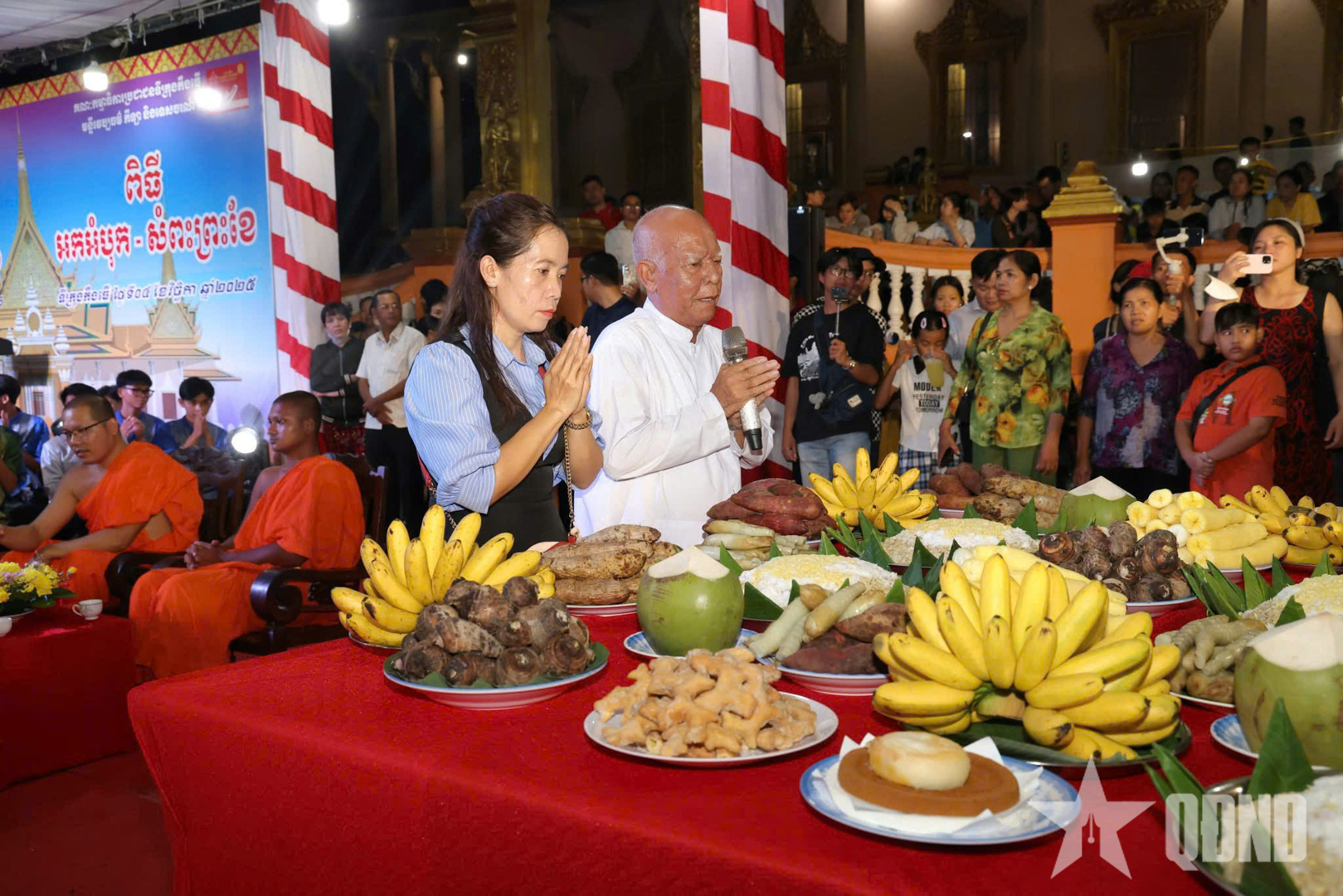 |
| The Moon worshiping ceremony is usually held on the full moon day of the tenth lunar month, an occasion for Khmer people to express their gratitude and wishes for a peaceful new year. |
According to Venerable Ly Hung, Permanent Vice President, General Secretary of the Association of Patriotic Buddhist Monks and Monks of Can Tho City, abbot of Pitu Khosa Rangsay Pagoda, the Moon worship ceremony (Som pes pras khee) is an indispensable ritual in the Ooc Om Boc festival. This is an occasion for people to thank the Moon God and express their wishes for a good and prosperous new year.
In the large courtyard in front of the main hall of Kh'Leang Pagoda, the offering tray is solemnly displayed, with flattened green rice, sugarcane, coconut, potatoes, bananas, cakes, and fruits - products from the harvest season. Of which, flattened green rice is an indispensable offering, symbolizing the fruits of labor and prosperity.
 |
| The offering tray is solemnly displayed with products from the harvest. |
The arrangement of the offering tray also has many layers of meaning: The two pillars of the gate symbolize the “cosmic belt”, the offering table is “Earth”, the two sugarcane stalks symbolize fertility, the three candles symbolize the three seasons of the year according to the Khmer people’s concept (sunny, cool, rainy). Every small detail represents the folk knowledge and worldview of the Khmer people, living in harmony, respecting nature and being grateful for labor.
As the moon rose, amidst the chanting of prayers, monks, achars (respected people) and elders took turns feeding the flattened green rice flakes. They picked up handfuls of green rice flakes and gave them to the participants, along with wishes for peace and luck. Children received them innocently, adults shared the offerings, and danced, sang and chatted under the full moon. At that moment, the whole village and hamlet seemed to become one, where people, the earth and the sky, and faith met in joy and respect.
 |
| Unique ritual of stuffing flattened green rice in the Moon worship ceremony. |
In Can Tho City, there are currently more than 400,000 Khmer people, accounting for about 12.76% of the city's population. The living and development of the Khmer community here is always associated with typical cultural values such as festivals, beliefs, and traditional arts.
Comrade Nguyen Minh Tuan, Deputy Director of the Department of Culture, Sports and Tourism of Can Tho City, said that the Moon worshiping ceremony contributes to raising awareness in preserving and promoting the cultural heritage values of the Khmer ethnic group, meeting the people's need to enjoy spiritual culture in the period of integration and development.
Nowadays, when material life is increasingly improving, the Moon Worshiping Ceremony is still solemnly held in many Khmer pagodas. Along with traditional art forms such as Du Ke, Ro Bam, Ngu Am music, Romvong dance, the Moon Worshiping Ceremony has become a vivid symbol of Khmer cultural identity, an inseparable part of the colorful Vietnamese cultural picture.
Source: https://www.qdnd.vn/van-hoa/doi-song/le-cung-trang-ban-sac-khmer-toa-sang-trong-dong-chay-van-hoa-viet-1011307


![[Photo] Prime Minister Pham Minh Chinh chairs a meeting on housing policy and the real estate market.](https://vphoto.vietnam.vn/thumb/1200x675/vietnam/resource/IMAGE/2025/11/11/1762838719858_dsc-2107-jpg.webp)



![[Photo] Chu Noodles - the essence of rice and sunshine](https://vphoto.vietnam.vn/thumb/1200x675/vietnam/resource/IMAGE/2025/11/11/1762846220477_ndo_tl_7-jpg.webp)





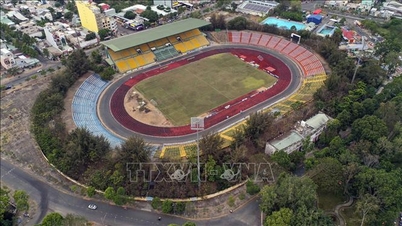



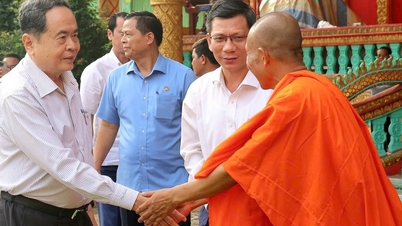

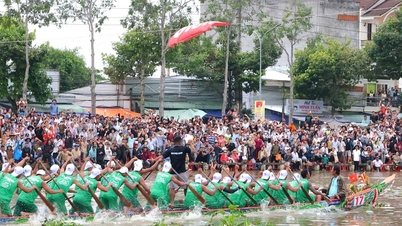




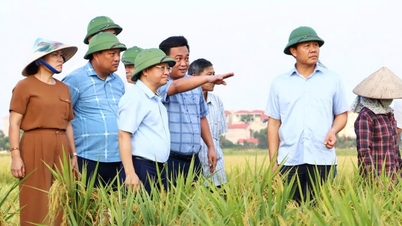















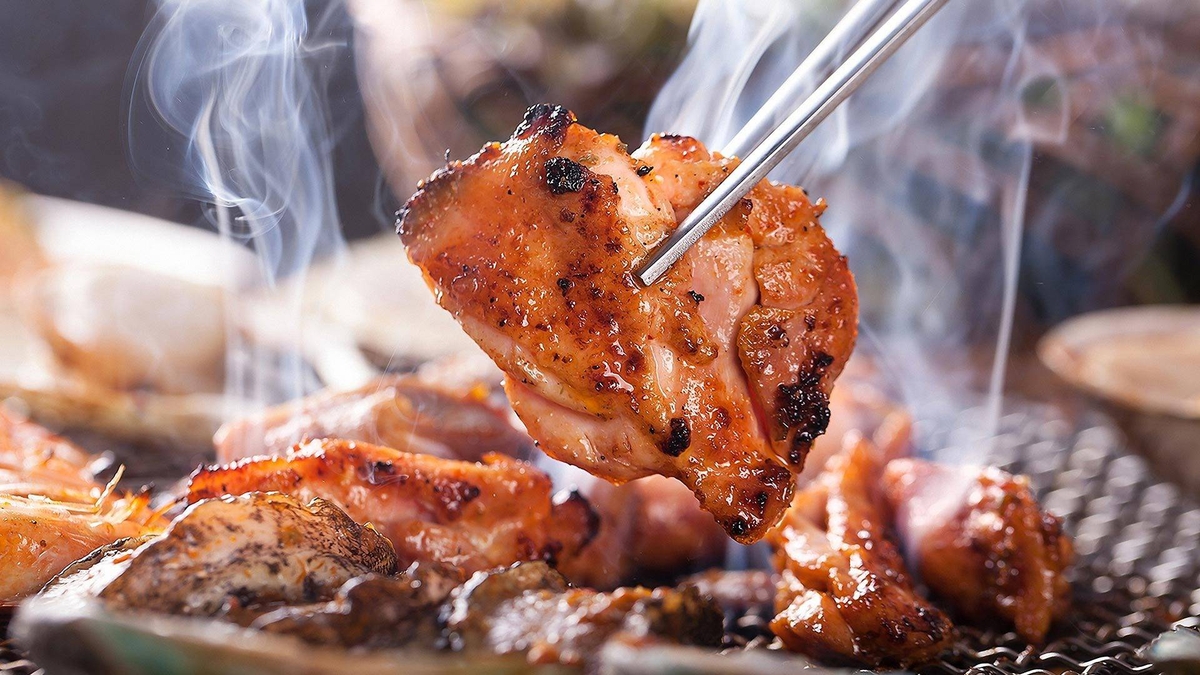





























































![Dong Nai OCOP transformation: [Article 4] Reaching national standard products](https://vphoto.vietnam.vn/thumb/402x226/vietnam/resource/IMAGE/2025/11/11/1762825820379_4702-cac-san-pham-trai-cay-chung-nhan-ocop-nongnghiep-174649.jpeg)


![Dong Nai OCOP transition: [Article 3] Linking tourism with OCOP product consumption](https://vphoto.vietnam.vn/thumb/402x226/vietnam/resource/IMAGE/2025/11/10/1762739199309_1324-2740-7_n-162543_981.jpeg)



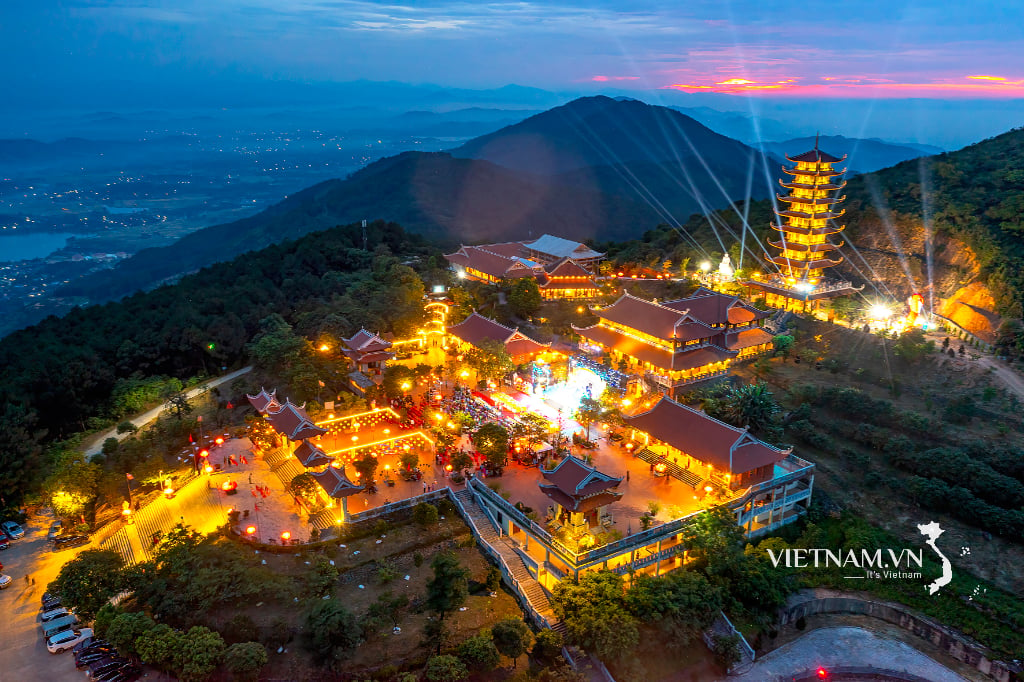


Comment (0)